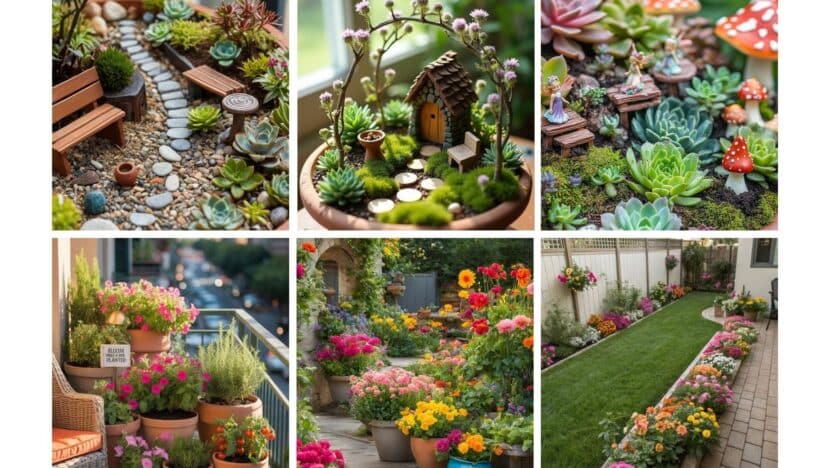Transforming a small space into a green oasis is easier than you might think. With a stylish vertical mini-garden, you can grow your favorite plants upward instead of outward, saving space and adding a fresh look to any room or balcony. Whether you live in an apartment or want to brighten up a compact patio, vertical gardens make growing flowers, herbs, or greenery possible in even the tightest spots.
You’ll discover different ways to design and personalize your mini-garden to match your style. From choosing the right plants to exploring creative DIY ideas, you can build a vertical garden that’s easy to maintain and impressive to look at.
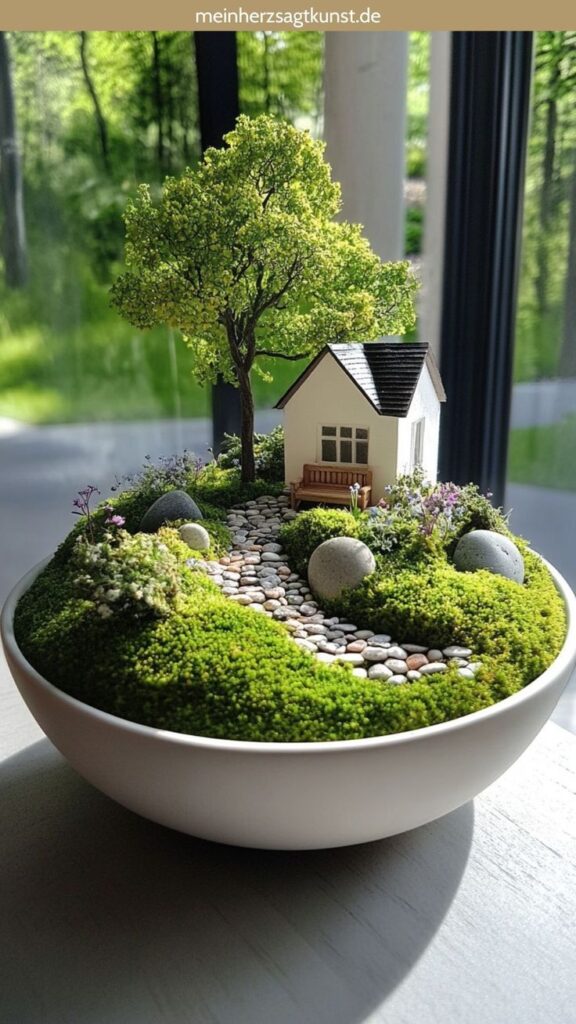


Key Takeaways
- Vertical mini-gardens turn small spaces into vibrant green areas.
- Picking the right plants and design is key to success.
- Simple DIY ideas make it easy to create and care for your garden.
Understanding Vertical Mini-Gardens
A vertical mini-garden lets you grow a variety of plants upward, making it possible to enjoy greenery in the smallest spaces. With the right approach, you can design a lush and stylish garden that requires minimal floor area but brings a big impact.
What Is a Vertical Garden?
A vertical garden, sometimes called a living wall or green wall, is a gardening system where plants grow on a vertically suspended panel instead of spreading across the ground. These gardens use soil, hydroponic, or aeroponic systems to nourish the plants.
You might use containers, wall-mounted planters, trellises, or pocket panels attached to walls or fences. Living walls can be created both indoors and outdoors, letting you transform tight balconies, patios, and even small indoor nooks into vibrant spaces.
Vertical gardening allows you to combine herbs, flowers, and even some vegetables in creative arrangements. This approach helps you make efficient use of every square inch available.
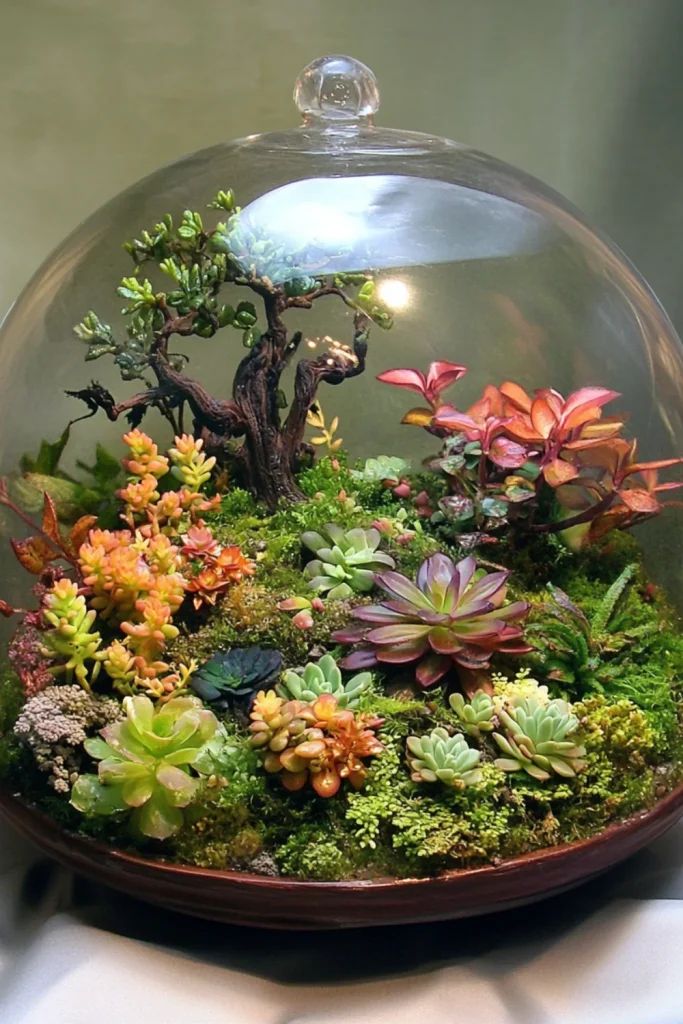


Benefits of Vertical Gardening in Small Spaces
Vertical wall gardens are ideal if you’re dealing with limited outdoor space or want to enhance a compact balcony or indoor spot. They make it possible to have a mini-garden in places where a traditional garden wouldn’t fit.
One major benefit is how vertical gardens maximize growing area by stacking plants upward. You can grow a greater number and variety of plants in the same footprint. They also improve air quality indoors and outdoors by filtering pollutants, while living walls add insulation and cooling effects for your home.
Accessing plants is usually much easier with vertical garden systems since plants are at eye level and reachable for maintenance and harvesting. This design also reduces many common pest and soil disease issues found in ground-level gardens.
Types of Vertical Garden Structures
There are several ways you can build a vertical wall garden, each with distinct features. Popular options include:
- Wall-mounted planters: Modular pots, pockets, or panels attached directly to walls or fences.
- Stackable planter sets: Pots or trays stacked vertically to create a tiered effect.
- Pallet gardens: Repurposed wooden pallets fitted with pockets for soil and plants.
- Trellises and grids: Ideal for climbing plants like peas or beans.
Each structure has its pros and cons. Pocket panels and stackable planters are great for flexibility and small herbs. Trellises suit vining crops, while pallet gardens offer a rustic and customizable look. Choose the option that best suits your space, style, and plant choices.
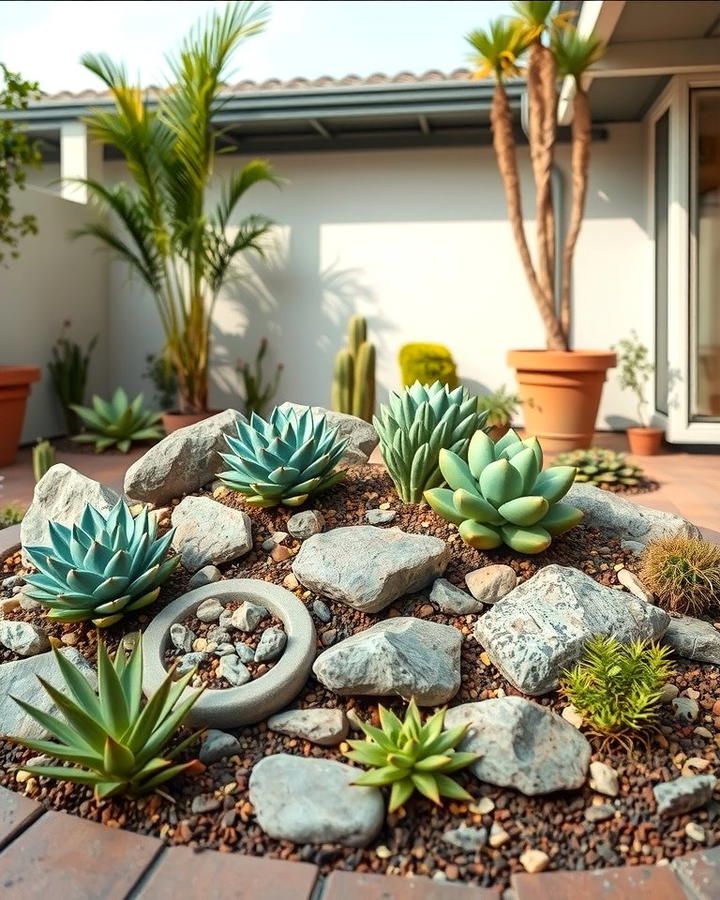
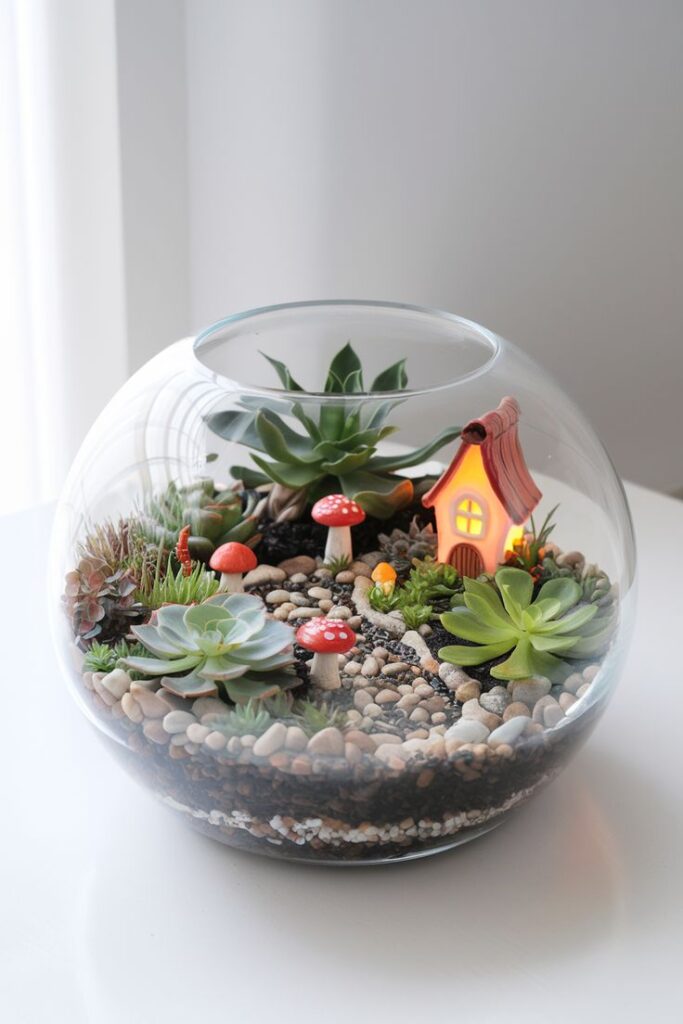
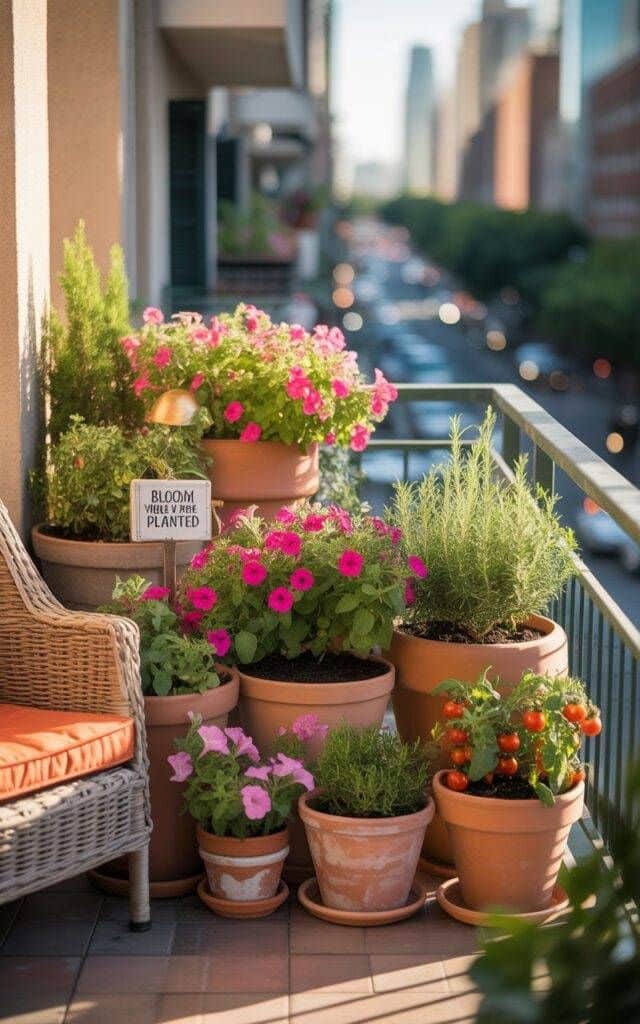
Choosing the Right Plants for Your Vertical Garden
Selecting plants for a vertical garden depends on your available light, space, and how much maintenance you want. Certain plants do better in small, upright settings and will stay healthy if you meet their light and watering needs.
Best Succulents and Air Plants
Succulents are a strong choice for vertical gardens because they need little water, have shallow roots, and thrive in containers or pockets. Echeveria, Sedum, and Crassula varieties maintain their shape when growing vertically, and their thick leaves resist drying out.
Air plants (Tillandsia) don’t require soil and can be mounted directly onto frames or tucked into small spaces. Just mist them with water a few times a week. These plants offer unique textures and shapes that add visual interest.
If your garden spot gets lots of sun and you want low-maintenance plants, succulents and air plants could be your best bet. They’re perfect for busy people or anyone with limited outdoor space.
| Succulent Types | Features | Light Needed |
|---|---|---|
| Echeveria | Rosette-form, colorful edges | Bright, indirect |
| Crassula (Jade) | Glossy, oval leaves | Bright, full sun |
| Tillandsia (Air Plant) | Soil-less, unique forms | Bright, filtered |
Herbs for Culinary Mini-Gardens
Growing herbs vertically gives you fresh flavors for cooking and instantly adds greenery to your space. Basil, thyme, mint, rosemary, and parsley are popular because they’re compact, aromatic, and easy to snip as needed.
Basil and parsley do best with plenty of sun and regular watering. Thyme and rosemary thrive with less moisture and can handle occasional neglect. Mint prefers some shade and moist soil but can grow rapidly, so consider planting it in a dedicated pocket.
Spacing out different herbs helps prevent overcrowding and encourages better airflow. By mixing your favorites, you’ll have everything you need for meals right at your fingertips.
Popular Culinary Herbs for Vertical Gardens:
- Basil: tender, sweet flavor
- Thyme: woody stems, fragrant
- Mint: fast-growing, refreshing
- Rosemary: needle-like leaves, robust
- Parsley: compact, curly or flat-leaf
Great Options: Ferns and Vines
Ferns are ideal for vertical gardens in shady or humid locations. Varieties like the Boston fern or maidenhair fern offer dense, feathery foliage that creates a lush look without taking up much space.
Trailing vines, such as pothos, English ivy, and philodendron, adapt well to vertical structures and can soften hard edges with their cascading stems. These plants often tolerate variable light and some neglect, making them well-suited to both beginners and experienced growers.
Group ferns and vines together for a green wall that stays full year-round. It’s important to maintain humidity and avoid direct sun, as most ferns and popular vines prefer filtered light and consistent moisture. This mix lets you craft a dynamic, layered garden in even the smallest spaces.
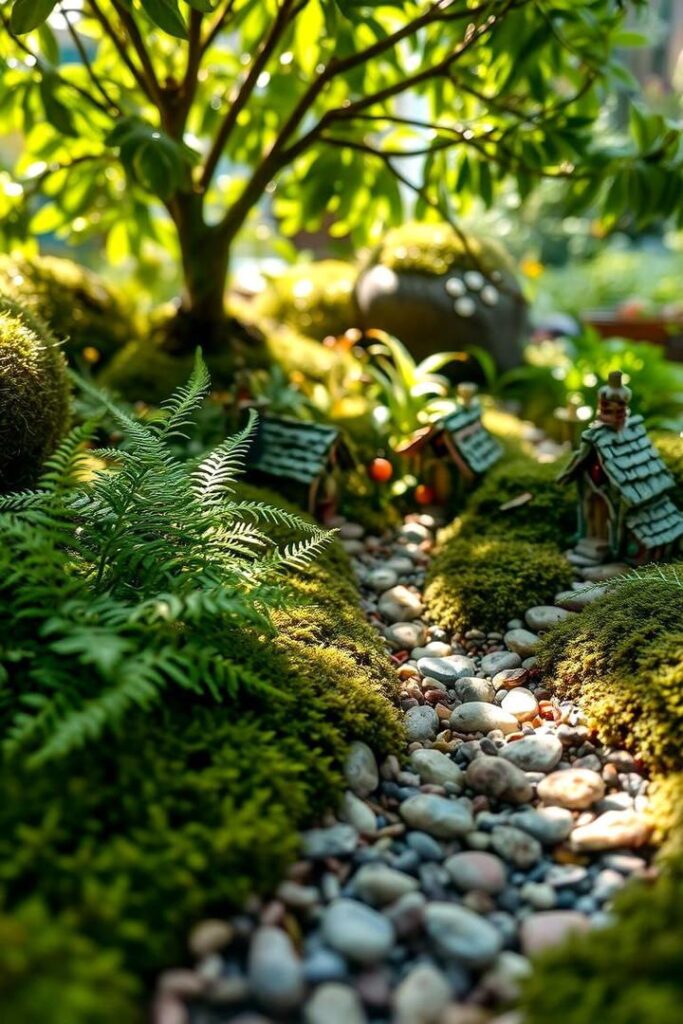
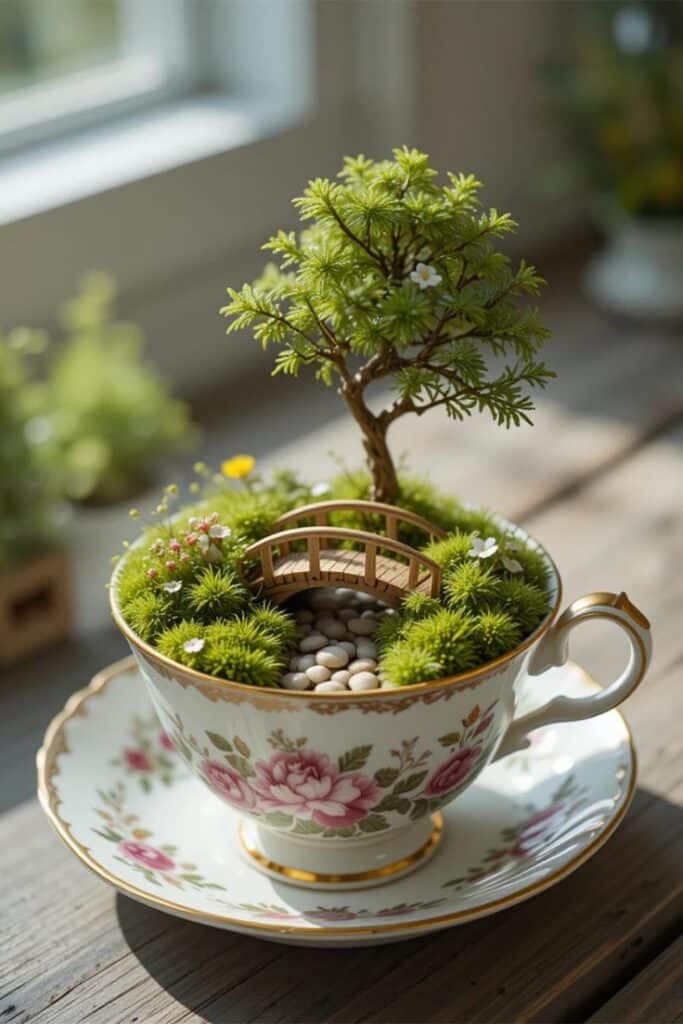
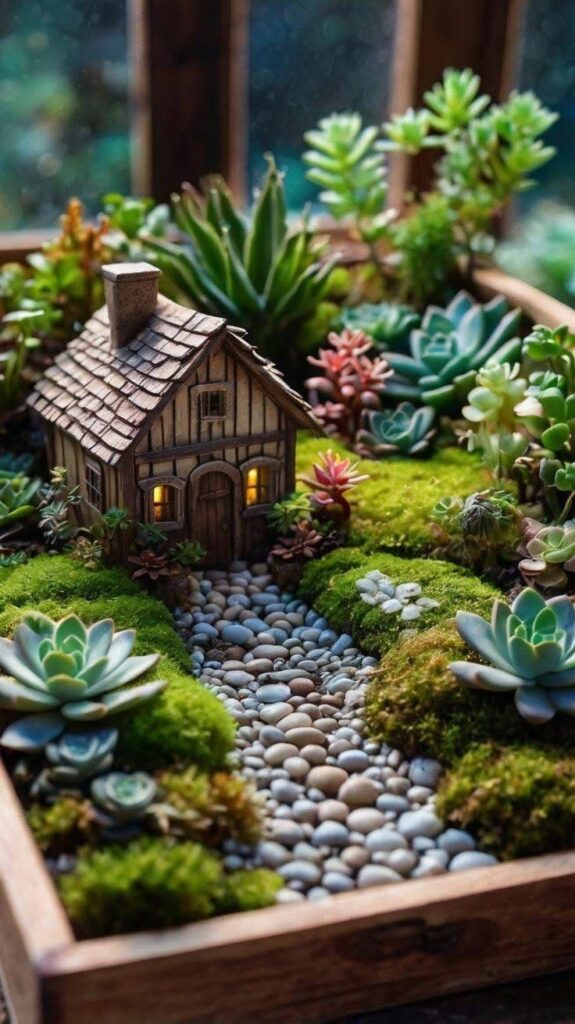
Stylish DIY Vertical Mini-Garden Ideas
You can transform even the smallest areas into green spaces with a little creativity and the right materials. From versatile wall planters to themed terrariums, your options for a stylish, functional vertical mini-garden are more varied than ever.
Vertical Planters for Walls
Wall planters let you grow flowers, herbs, or succulents without taking up floor space. Materials range from sleek metal racks to rustic wooden boxes. You can choose single-pot holders for a minimal look or opt for multi-pocket planters for higher plant density.
Wall-mounted planters and vertical planters are available in different shapes and sizes. Modular systems let you customize layouts and add or swap plants easily. Consider groupings of different-sized containers for visual interest and efficient use of vertical space.
Mount your planters on wooden fences, brick, or even balcony railings. For kitchen gardens, place vertical planters near windows for sunlight and keep your herbs within reach.
| Common Plants for Wall Planters |
|---|
| Basil |
| Mint |
| Succulents |
| Spider plants |
Pallet and Pocket Garden Designs
Pallet gardens make use of reclaimed wood pallets, which are easy to find and simple to customize. By standing a pallet upright and adding landscape fabric to the back and sides, you create deep “pockets” that hold soil and plants securely.
Pocket planters—often made of fabric or felt—allow you to grow dozens of small plants in layered rows. These soft planters are lightweight, easy to hang, and help keep roots cool. Vertical garden pockets are a good way to organize different herbs, salad greens, or small flowers.
Label each pocket for easy identification. Stagger your plantings so shade-loving varieties are placed near the bottom and sun-lovers on top, making the most of changing light conditions.
Simple Pocket Garden Supplies
- Fabric or felt pocket planter
- Wall hook or hanging system
- Potting soil
- Herb or flower seeds
Creative Wall-Mounted and Hanging Planters
Wall-mounted planters aren’t limited to traditional pots. Repurpose old mason jars, tin cans, or ceramic mugs and attach them to wooden boards or wall grids for a unique display. Wall grids with S-hooks offer flexible mounting for a variety of planter types.
Hanging planters can be suspended from ceilings, beams, or shelves. Use sturdy rope or macramé hangers for a lightweight yet decorative look. Hanging gardens are particularly effective for trailing plants such as pothos, ivy, or string of pearls.
Mix container shapes, colors, and sizes for a dynamic appearance. Use smaller pots for succulents or cacti and larger containers for bushy plants to maximize your growing area without cluttering the space.
Themed Mini-Gardens: Terrariums and Fairy Gardens
Terrariums bring a touch of greenery indoors with minimal space required. Glass containers—both open and closed—house small ferns, moss, and succulents. Choose containers with wide openings for easy planting.
Fairy gardens are whimsical mini-landscapes built inside planters or shallow trays. Add miniature figurines, moss, pebbles, and tiny furniture for a creative twist. Fairy gardens often feature a mix of low-growing plants, like baby tears and creeping thyme.
Arrange both terrariums and fairy gardens on shelves, small tables, or even as part of a wall-mounted display. This adds personality and a playful touch to your vertical mini-garden without demanding much space.
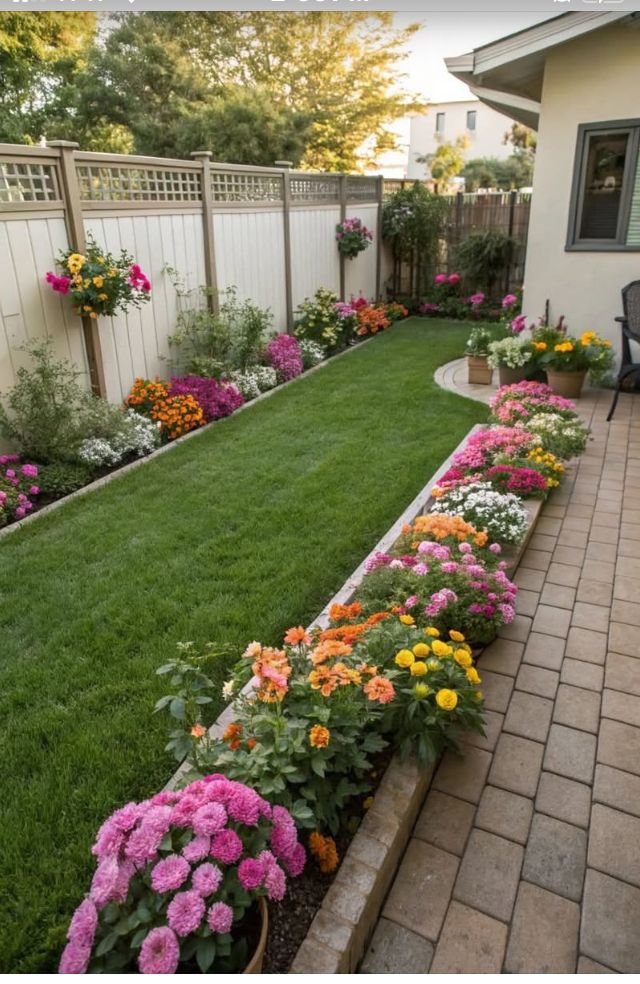

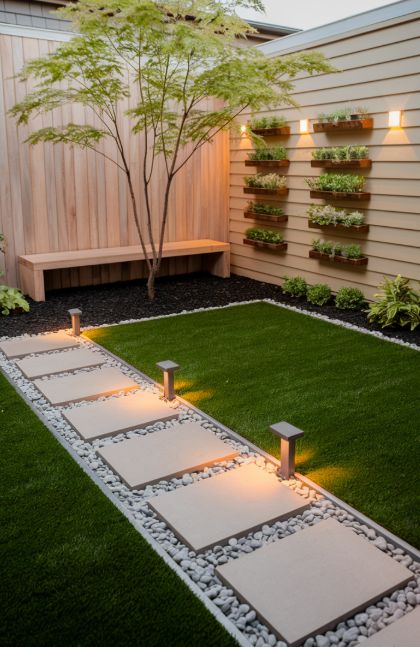
Maintaining and Personalizing Your Vertical Mini-Garden
Caring for your vertical mini-garden ensures healthy plants and a beautiful feature in small spaces. Adding your own style is just as important, letting your green wall reflect your personality and fit your home.
Watering and Care Tips
Regular water is essential for vertical gardens, as soil in vertical planters can dry out faster than in traditional pots. Choose a watering schedule based on your plants—succulents and cacti need less frequent watering, while herbs and tropical plants may need more.
Check soil moisture by inserting your finger about an inch deep. If it feels dry, it’s time to water. Consider a drip irrigation system or self-watering vertical planters for convenience and more even moisture.
Keep an eye out for yellowing leaves or excess moisture, which could mean overwatering. Prune regularly by snipping dead leaves and spent flowers to encourage healthy growth and keep the garden looking tidy.
Monitor for pests such as aphids or spider mites. If you spot them, remove affected leaves and treat with insecticidal soap or a natural remedy. Wiping dust from leaves lets your plants breathe and look their best.
Design Inspirations and Custom Touches
Personalize your vertical garden by mixing different plant sizes, colors, and leaf textures. Use a grid, pocket system, or a trellis as your base, then arrange your plants to create visual interest and layers.
Reuse items like mason jars, teacups, or painted cans for a creative twist, especially in very small spaces. Walls, balcony railings, or even old ladders can serve as support for your vertical planters.
Group herbs by kitchen use, or arrange succulents and trailing vines for a lush effect. Try creating a small plant table with the following ideas:
| Plant Type | Best Placement |
|---|---|
| Succulents | Top, bright spots |
| Ferns | Shaded lower levels |
| Herbs | Easy-to-reach areas |
Add decorative stones, figurines, or a small string of fairy lights for extra charm. Integrate your favorite colors or switch plants seasonally to keep your trellis or wall garden fresh and fun year-round.


